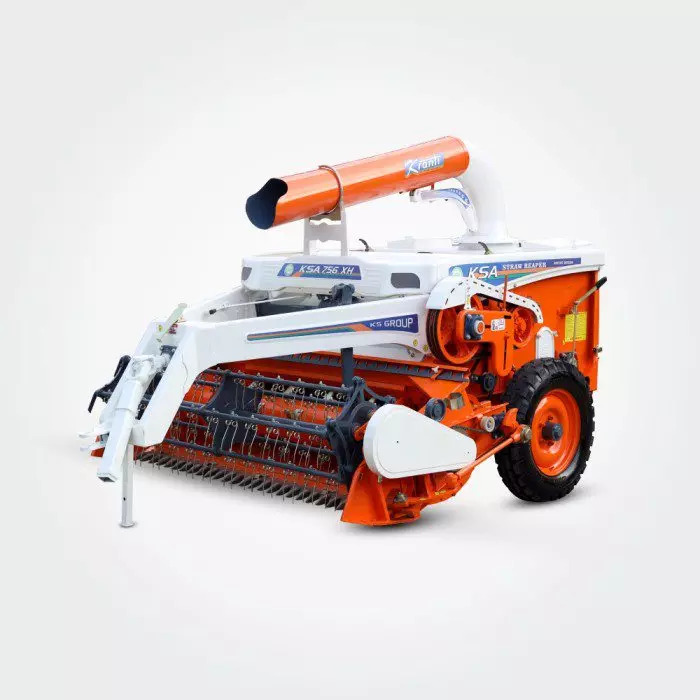

Your Daily Dose of Storytelling Wisdom

A straw reaper is a vital piece of agricultural equipment designed to efficiently collect and cut the leftover straw after harvesting crops like wheat, rice, and barley. This machine is an essential tool for farmers, helping them manage crop residue, which can otherwise be a burden on fields. But what exactly is a straw reaper, and how does it benefit farmers?
A straw reaper is a farming implement used to cut and collect straw left behind after the main crop has been harvested. It works by using a set of blades or a rotary mechanism to cut the straw, which is then gathered into rows for easy collection. Straw reapers can be attached to tractors, making them more efficient and reducing the manual labor required to clear the field. These machines are particularly useful in large-scale farming, where manually collecting straw would be time-consuming and labor-intensive.
The primary benefit of a straw reaper is its ability to efficiently manage crop residue. In traditional farming, leftover straw can accumulate on the field, hindering the next planting cycle. A straw reaper helps farmers by:
Investing in a straw reaper can save farmers time, money, and effort. It not only speeds up the field-clearing process but also supports sustainable farming practices by making use of crop residue. In the long run, the efficiency of using a straw reaper often outweighs the initial investment cost, leading to higher productivity and better farm management.